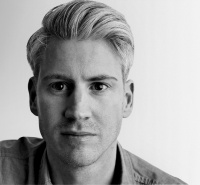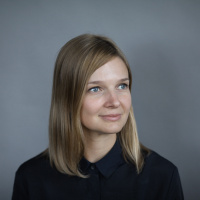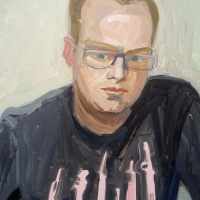What makes award-winning design work?
Experts tell us what they look for when they’re judging design awards.

“To put it simply – a good idea, well executed. So, what constitutes a good idea? In my experience design juries agree on this surprisingly quickly. But a truly winning idea is one that’s brave enough to stand apart and tread new ground – that’s where the intense debating starts. Designs that come out on top tend to disrupt the category norms, rather than lazily conform to an established formula. But it’s worth remembering that execution has equal weight when it comes to the judges’ final choices. Perfectly considered materials, beautifully crafted typography, arresting illustration and intelligent copywriting can further elevate an entry from agonisingly close to glorious victory.”
Asa Cook, creative director, Design Bridge

“I am looking for the impossible – the rarest of things, a bit of magic. Relevant but truly unexpected, single-minded without compromise. I want a piece of work that visually seduces me and reels me in, communicating without the 200-word explanation. It will leave me with feelings of admiration and envy, pondering how they thought of such a great idea and how the hell they got it through. And at the end of the day, it will be the idea I can’t get out of my head – the project I end up boring everyone with back at the studio as I try to create the impossible too!”
Stuart Radford, creative director, The Partners

“I’ve been lucky to work on some of design’s frontiers, first in Silicon Valley creating first-generation consumer digital products, and now back in London enabling design-led approaches to social challenges. For me, a winning design or designer must explore a frontier. As German philosopher Arthur Schopenhauer put it, ‘Talent hits a target no one else can hit; genius hits a target no one else can see’. The genius of design is to create new ways of living and of improving the world. When on a competition jury, I expect nothing less!”
Mat Hunter, chief design officer, Design Council

“The most important thing is recognising the power of the big idea behind the design. A design that has visionary – not just visual – power and that pushes boundaries, challenges the status quo and ultimately drives positive change. These game-changing designs of the future will cut through the white noise of today’s world to deliver unexpected creativity that creates something clear and original. Award-winning designs of this kind should demonstrate their value in a number of ways, in conjunction with creativity. They also demonstrate a trusted relationship between client and designer, as it often takes a courageous client to approve award-winning work.”
Sarah Cattle, creative director, Pearlfisher

“It’s quite simple – clever ideas, beautifully executed. I believe that’s the formula. No matter how ingenious the concept is, if it’s not presented well, it’s not award-winning. On the flip side, if something is fantastically executed, but has no meaning, message or purpose then it’s boring and isn’t award-winning either. As I work with interactive design, I also personally look for innovative ways of using new technology – but the same principles apply here too.”
Hege Aaby, founder and creative director, Sennep

Source: Nelly Dimitranova
“We look for an original, beautifully executed idea, just as we always have. Good things never change – surprisingly hard to find, these rare diamonds lie beyond vanity, way past commercialism. Some shine so brightly, with such fire and light, that they change the way we look at our own work forever. At D&AD, we award these elusive wonders ‘The D&AD Black Pencil’. The true power of work like this is not in celebrating it with semi-precious metal, but in sharing it. Only then can it inspire even greater work in the future.”
Mark Bonner, creative director, GBH and president, D&AD
-
Post a comment




